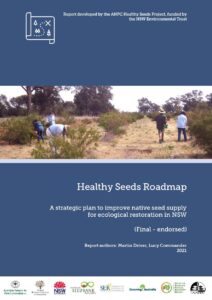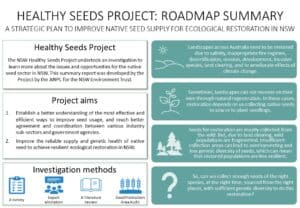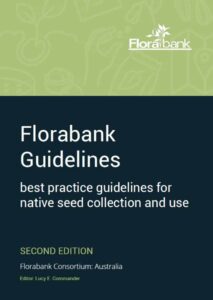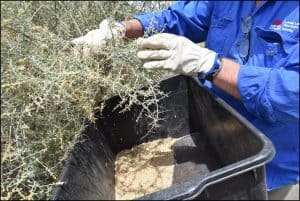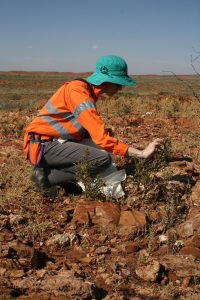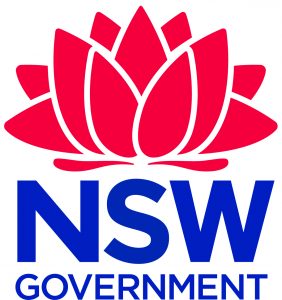‘Healthy Seeds for Resilient Restoration – A reliable, genetically appropriate supply of native seed for resilient ecological restoration in NSW’
In 2021 the ANPC completed the 2 year Healthy Seeds Project funded by the NSW Government through its Environmental Trust. This project delivered an evidence-based Healthy Seeds Roadmap that details how to secure a reliable, genetically-appropriate, native seed supply in NSW for restoration, a 4 page Roadmap Summary and updated the Florabank Guidelines for best practice native seed collection and use – all available below.
Background
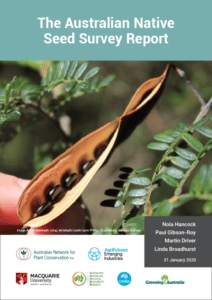 High quality seed from a range of native species is the foundation for restoring healthy and resilient ecosystems. However, there is evidence that much of the seed being used for restoration in NSW is not necessarily fit-for-purpose. Between October 2016 and April 2017 the ANPC undertook a survey of the Australian native seed sector, which reported dwindling seed supplies and a decline in expertise and training. Initial survey results were disseminated at the Australian Native Seed Industry Review Workshop held at the ANPC’s 11th Australasian Plant Conservation Conference (APCC11) in Melbourne on 18 November 2016. The Australian Native Seed Survey Report details the results and fed into the planning of the Healthy Seeds project.
High quality seed from a range of native species is the foundation for restoring healthy and resilient ecosystems. However, there is evidence that much of the seed being used for restoration in NSW is not necessarily fit-for-purpose. Between October 2016 and April 2017 the ANPC undertook a survey of the Australian native seed sector, which reported dwindling seed supplies and a decline in expertise and training. Initial survey results were disseminated at the Australian Native Seed Industry Review Workshop held at the ANPC’s 11th Australasian Plant Conservation Conference (APCC11) in Melbourne on 18 November 2016. The Australian Native Seed Survey Report details the results and fed into the planning of the Healthy Seeds project.
Current and future restoration projects are at risk due to a range of complex and interrelated factors, including:
- Seed used in restoration projects can have genetic problems.
- Insufficient seed from the range and diversity of species and functional groups needed to restore ecosystems.
- Volume of seed produced by wild populations is declining.
- Pressure from seed collectors impacting on wild populations.
- Natural plant populations have variable seed production and seed is often not available in the timeframes required.
- Demand for genetically-appropriate native seed has been increasing while supply from wild populations is falling leading to seed shortages, particularly west of the divide.
- Lack of infrastructure available to grow and store native seed at the scale needed.
- Markets appear unwilling or unable to establish seed production infrastructure spontaneously, without support.
- The seed supply chain is labour and capital-intensive and high risk.
- The ‘market’ is driven by federal state and local government investments which are unstable and variable across time and location.
- No industry body or established standards for native seed.
- Information for practitioners is inaccessible and out-of-date.
- The provenance of much of the seed used is unknown, and there is anecdotal evidence of falsification in some cases.
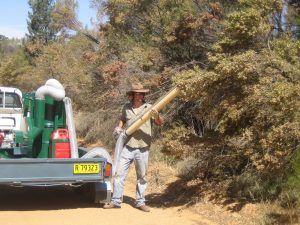
Collecting seed from Narrow-Leaf Hopbush (Dodonaea viscosa subsp angustissima) using a seed vacuum. (Photo: Martin Driver)
Project Objectives
- To identify the most effective and efficient interventions for improving the genetic health and reliability of the native seed supply for better resilience of ecological restoration in NSW. These interventions will be identified in a Roadmap that will be publicly available and can be used by both public and private partners to drive solutions.
- To gain agreement and co-ordination between government, community and industry sectors on the way forward for improving the genetic health and reliable supply of native seed for more resilient ecological restoration in NSW.
- To ensure practitioners are aware of, have access to, and are using up-to-date science and guidance materials for best-practice native seed management in ecological restoration.
Project Description
This project aimed to deliver a robust, evidence-based Roadmap to secure a reliable, genetically-appropriate native seed supply in NSW that is needed to ensure the long-term health and resilience of restored ecosystems. The development of a framework and infrastructure for seed production was identified as the main solution for the issues discussed above. Seed Production Areas (SPAs) are seen as central to overcoming shortfalls in high quality native seed for ecological restoration, and for improving seed supply reliability, reducing pressure on wild populations, and for improving genetic provenance and diversity. However, questions remained about whether, and under what circumstances, SPAs can produce genetically appropriate seed, and for what cost. And whether there is sufficient evidence to support investment in SPAs over the long term, given a changing climate. This project assessed the need for SPAs, against other solutions, and produced a publicly-available Roadmap for future action.
Achievements:
- A Consortium of partners was established from across the native seed and ecological restoration sectors between the ANPC and the Centre for Australian National Biodiversity Research, Royal Botanic Garden Sydney, Department of Planning, Industry and Environment (including the Saving our Species program), Australian Seed Bank Partnership, Greening Australia, Australian Association of Bush Regenerators and the Society for Ecological Restoration Australasia. The Consortium guided the project and co-design of a Roadmap for future actions to deliver solutions on this issue.
- The Seeds for the Future – one day Forum was held on 8 October 2019 with the Australian Association of Bush Regenerators which brought together people from the bush regeneration, revegetation, nursery and landscape architecture sectors to set the scene for future collaborations and introduce the ‘Healthy Seeds’ project. The first round of videos from the Forum were published on AABR’s RegenTV YouTube page, including the Introduction, some of the Q and A sessions plus presentations by: Tein McDonald Greater Sydney or Lesser Sydney? Putting restoration standards into practice; Paul Gibson-Roy National Seed Survey, aspirations vs reality. Are the issues relevant to Sydney?; and the ANPC’s Martin Driver Healthy Seeds – What’s needed? The current barriers and future opportunities.
- Murray Local Land Services completed an audit of past and current Seed Production Areas (SPAs) in NSW which examined:
- why past SPAs were not self-sustaining when funding ceased.
- whether they have retained sufficient genetic diversity (as plant death may have induced bottlenecks).
- whether there are sites that can be brought back to production at a lower cost than starting from scratch (provided these are in the right areas).
- whether, and under what circumstances, SPAs can produce genetically appropriate seed for restoration purposes, and for what cost.
- The Australian Native Seed Survey Report was launched on 31 March 2020 by the Threatened Species Commissioner Dr Sally Box. This ANPC report authored by Martin Driver, Dr Paul Gibson-Roy, Dr Linda Broadhurst and Dr Nola Hancock details the full results of a national survey capturing the behaviours and views of a wide range of native seed sector participants and has fed into the development and implementation of the Healthy Seeds project. Listen here to Paul Gibson Roy being interviewed by David Barr from Sydney’s Eastside89.7FM on 19 May 2020.
- The updated Florabank Guidelines were released in 2021, which incorporate knowledge from the last 20 years of research and practice. Listen to Lucy Commander’s presentation here on the update of the Florabank Guidelines
- The Healthy Seeds Roadmap and a 4-page Executive Summary were released in 2021 and endorsed by the Consortium and the Environmental Trust.
Related media articles:
Australia’s seed industry underfunded, understaffed, and unprepared for surging carbon, biodiversity market demand – Carbon Pulse, 10 August 2023
Key Staff
The key staff on this project were:
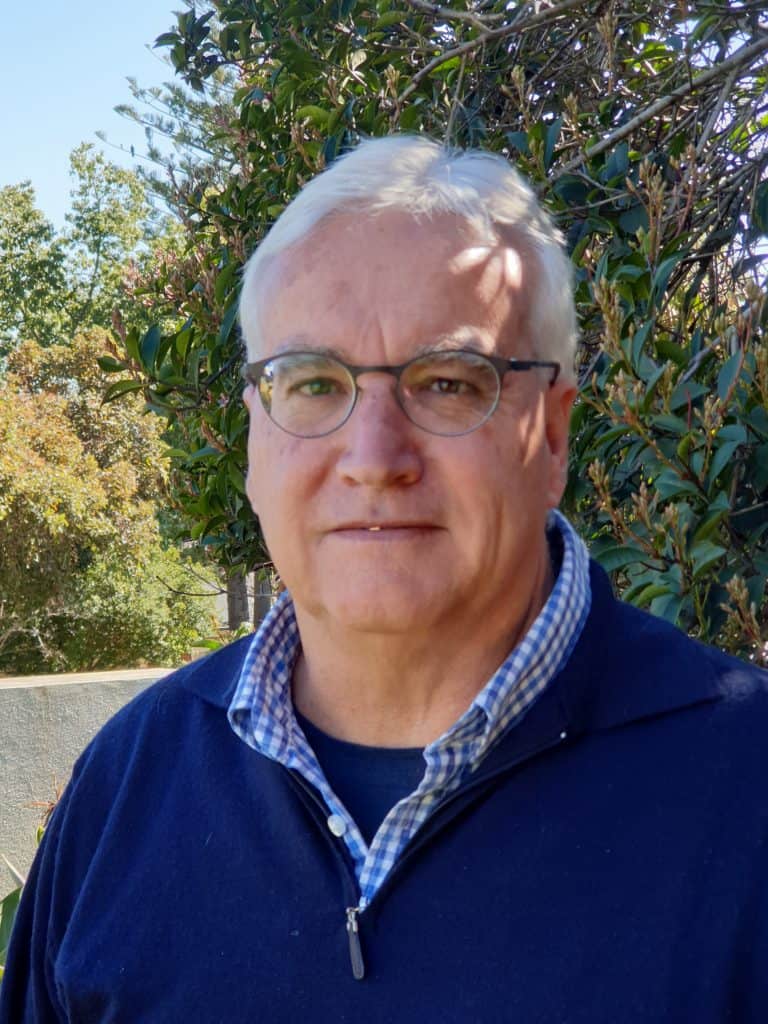 Healthy Seeds Project Manager – Martin Driver
|
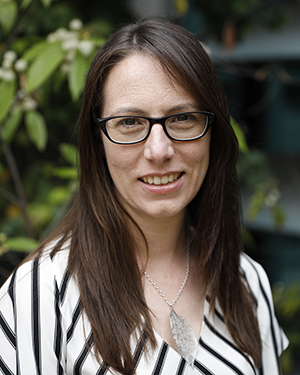 Florabank Guidelines Project Manager – Dr Lucy Commander
This project was assisted by the New South Wales Government through its Environmental Trust. |


